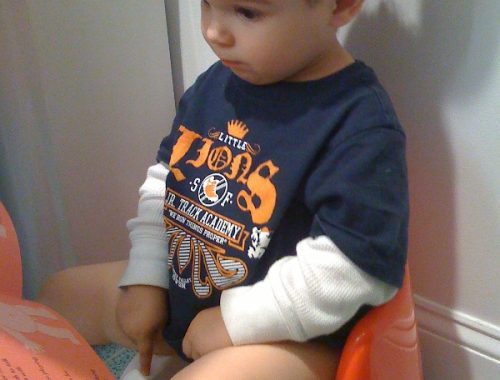
Navigating Discipline: Exploring Approaches to Child Correction and Their Implications
Disciplining a child is an intricate aspect of parenting that requires thoughtful consideration and understanding. In this exploration, we delve into various approaches to child correction, examining their implications on a child’s development and well-being.
Understanding Discipline in Parenting
Discipline in parenting goes beyond punishment; it is about teaching children values, self-control, and responsibility. It serves as a guide to help children navigate the complexities of life.
Positive Reinforcement: Encouraging Good Behavior
Creating a Positive Environment: Positive reinforcement involves acknowledging and rewarding good behavior. This approach fosters a positive environment where children feel appreciated for their efforts.
Building Confidence: Children thrive on positive feedback, and it plays a pivotal role in building their confidence. Encouragement and praise for good behavior contribute to a child’s sense of accomplishment.
Effective Communication: The Power of Words in Correction
Open Dialogues with Children:
Effective communication involves open dialogues with children, helping them understand the consequences of their actions. Engaging in conversations rather than resorting to punishment encourages a sense of responsibility.
Setting Boundaries: The Importance of Consistency

Establishing Clear Expectations:
Children flourish when they have clear expectations. Setting boundaries provides a framework for behavior, helping children understand what is acceptable and what is not.
Consistency in Correction: Consistency is key in disciplining children. When rules are applied consistently, children learn to anticipate the consequences of their actions, fostering a sense of stability.
Exploring Consequences: Teaching Responsibility Through Experience
Natural Consequences:
Allowing children to experience the natural consequences of their actions can be a powerful teacher. It instills a sense of responsibility as they connect their behavior to outcomes.
Logical Consequences: Logical consequences are directly related to a child’s actions. They provide a tangible link between behavior and the resulting outcome, promoting accountability.
Understanding the Role of Time-Outs and Privilege Loss
Time-Outs as a Calming Strategy:
Time-outs can be effective in giving both the child and the parent a chance to cool down. It serves as a momentary break, allowing emotions to settle before addressing the issue.
Privilege Loss: Loss of privileges, such as screen time or special treats, can be a meaningful consequence. It prompts children to reflect on their behavior and understand the impact of their actions on their privileges.
The Pitfalls of Corporal Punishment: A Cautionary Note
Physical Discipline and Its Consequences:
Corporal punishment, such as spanking, has been a traditional form of discipline. However, research suggests its potential negative impact on a child’s mental and emotional well-being.
Exploring Alternatives: Considering the potential harm associated with corporal punishment, exploring alternative disciplinary methods becomes crucial for nurturing a child’s emotional health.
Fostering a Positive Parent-Child Relationship Through Discipline
Building Trust and Connection:
Effective discipline is intricately tied to the quality of the parent-child relationship, underscored by the pillars of trust and connection. A positive dynamic is cultivated through mutual respect, where both parties feel valued and heard. Open communication is paramount, creating a space for dialogue that deepens understanding. Emotional availability further solidifies the bond, assuring children that their feelings matter. Consistent support, both emotionally and practically, reinforces the stability crucial for a secure attachment. By modeling desired behavior, parents not only set expectations but also provide a positive framework for emulation. This resilient foundation ensures that, during disciplinary moments, correction is perceived within the context of love and guidance, fostering a cooperative attitude for the journey of growth.
Nurturing Growth Through Thoughtful Discipline
In conclusion, navigating discipline in child correction requires a balanced and thoughtful approach. Positive reinforcement, effective communication, consistent boundaries, and understanding consequences are vital elements in fostering a child’s growth. While time-outs and privilege loss can be useful tools, caution should be exercised in resorting to corporal punishment due to its potential negative effects. Ultimately, the goal is to cultivate a positive parent-child relationship that promotes understanding, empathy, and the overall well-being of the child.

How Do Babysitters Handle Child Care
You May Also Like

Exploring the Advantages of Baby Massage
2023-10-24
Mastering the Art of Baby Potty Training
2023-10-13
